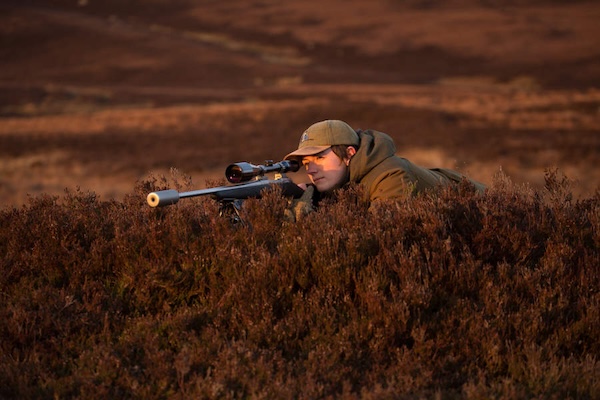Where does one start when choosing a rifle? Mike Yardley advises.
Where does one start when choosing a rifle? The American, Colonel Townsend Whelen, once wrote: “Only accurate rifles are interesting.”
Sage comment though that was, one might improve upon it: only accurate, consistently reliable and instinctive-handling rifles are interesting, at least to me. A sporting rifle should not only be accurate but it should have a stock that provides purchase, pointability and good recoil control (the less steeply inclined the comb the better). It must not be unnecessarily cumbersome. Some rifles on offer today, equipped with sound moderators and massive barrels, seem to be far too long and heavy for practical field use. They appear to be designed for use from vehicles or on the range.
(Read Mike Yardley’s recent review of the Sako VL63 Finnwolf deluxe lever action and the Mauser Model 12.)
Long-range vermin guns
The specialist long-range vermin gun has its place, and has much improved thanks to the application of both target and military technologies. Stalking or foxing rifles need to cope with all conditions and must hold their zero – hence the popularity of stainless steel for barrels and actions and composite and laminates for stocks in recent years. ‘”Plastic” may not be pretty but it is has the advantage of being practical. It is not subject to atmospheric variation as wood is (even wood that has been mated to its metal with epoxy compounds at key contact points).
Big-bore doubles
There are other issues to consider when choosing a rifle. A rifle for any potentially dangerous game must work every time and it must mount and function without any glitch whatsoever. Some sportsmen will consider big-bore doubles (essentially two guns attached to one stock) only. Others insist, at the least, on “controlled-feed” bolt actions as seen most famously in the Mauser Model 1898 and modern variants such as the Brno/CZ and pre-64- style Winchesters).
Actions
The true controlled feed action literally grabs the cartridge rim as it goes forward. It will work upside down, even when you have tripped in the bush or when that big Polish keiler has put you on your backside and is coming back for blood.
There are other admirable actions, however. The simple, but brilliant push-feed model 700 – about which there have been few complaints concerning accuracy or reliability – is one of the most successful of all time and the basis for many custom guns both in the USA and UK today. It is also, increasingly, copied. Indeed, some of the upmarket 700 copies, such as the Lawton and Surgeon, are possibly better than the original.
Tikka rifle
The Finnish Tikka is a reasonably priced, well made push-feed with an excellent reputation for out-of-the-box accuracy. (Read our Tikka T3 review here.) The Sako 85 is reliably accurate as well and has a hybrid controlled feed action but without the massive extractor of the Mauser 98. It does, however, have a mechanical ejector, which makes it impossible to close the rifle on an empty chamber accidentally.
Choosing a rifle – other options
There are other choices. The modular, straight-pull Blaser R series are modernistic market makers – supremely versatile and increasingly popular. The Sauer 202, another Meccano-kit gun, has many of the advantages of the Blaser, such as interchangeability of barrel and other bits, but with more traditional looks and a conventional turn bolt. The bolt-action Mauser 03 impresses with its integrity of manufacture, too, and also has a barrel change facility.
The RWS Titan offers traditional styling, excellent value for money, and barrel swapping. Heyms and Steyr Mannlichers still impress (one of my main stalking tools is a full-stocked .308 Steyr Mannlicher Stutzen). Howa are cheap and good. At the other end of the scale Precision Rifle Services make some superb custom guns on the Borden action. But we simply don’t have space for everything.
Read The Field’s gun reviews here.
This article was originally published in 2010 and has been updated.





